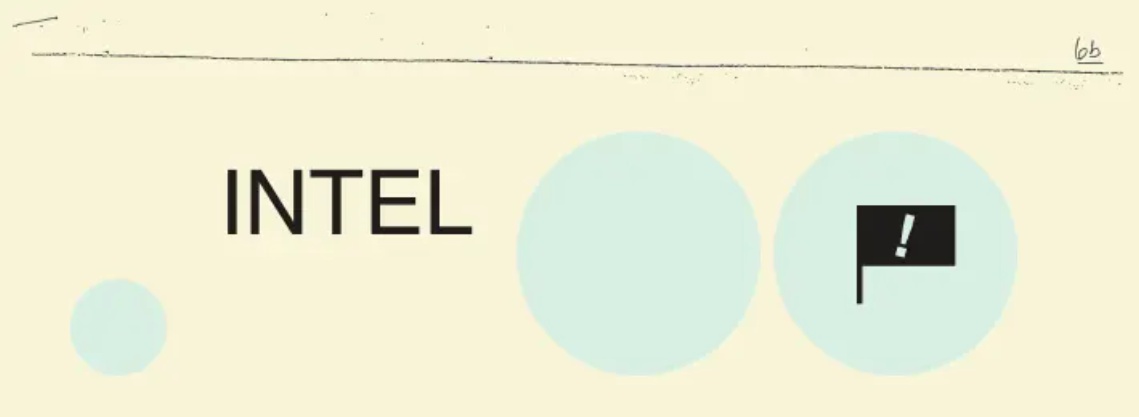 Al Lucca/Semafor Al Lucca/SemaforTim Miller doesn’t enjoy making the MrBeast face, the wide-eyed, open-mouthed smile of a million YouTube thumbnail images. But he acknowledges that the numbers don’t lie: It’s what his fans want. “Why do people like to click on the crazy thumbnails? That’s a question for a psychologist,” he mused. Miller, who came up as a Republican staffer — he worked on Jon Huntsman’s and Jeb Bush’s campaigns and co-founded the opposition research-focused super PAC America Rising before breaking with his party over Trump — is now the floppy-haired, open-collared face of Never Trump outlet The Bulwark, one of the breakout media successes of the 2024 election. YouTube has been central to its surging popularity: The publication, which had 50,000 YouTube subscribers last September, had 631,000 as of Saturday afternoon and counting. Much of that growth has happened in the last two months, and video is driving it: Since President Joe Biden dropped out from the race, the publication has netted 88 million views on YouTube (for scale, total views on all of The Bulwark’s YouTube videos from the prior five years were 64.2 million). The publication told Semafor it has been averaging 296,000 views per video since Biden’s withdrawal, making it one of the most-viewed-per-video producers in all of English-language news media. Miller appears in 15 of The Bulwark’s top 20 most-viewed videos, many of them simple clips from one of The Bulwark’s podcasts, produced by video director Barry Rubin. A recurring segment, “Tim’s Takes,” features the former strategist giving solo monologues straight-to-camera with instant analysis of major topics; a nine-minute-long breakdown of Kamala Harris’ new television ad, titled “Kamala’s MOST POWERFUL AD So Far! Everyone Needs to See!” has gotten over 700,000 views since it was posted Thursday. Miller, 42, who lives in New Orleans with his husband and daughter, had achieved ordinary political fame before his breakout year. He was a staple on cable news political panels, and co-hosted the final season of the canceled Showtime series The Circus in 2023. Now, he and his Bulwark colleagues are bona fide stars of political media. During a lunch last week with this Semafor reporter in downtown D.C., a young woman stopped to ask for a selfie with Miller and Bulwark Publisher Sarah Longwell (“I can’t wait to send this to my mom,” she remarked). Backstage at the Atlantic Festival that day, staffers for Sen. John Fetterman (D-Penn.) posed for pictures with The Bulwark duo before they took the stage to raucous applause. Panel moderator Evan Smith, the senior adviser to Atlantic owner Emerson Collective, pointed out that The Atlantic doesn’t often prefer to host other non-Atlantic media personalities at its events, but made an exception for The Bulwark crew, a sign of their influence and popularity. It’s a remarkable success story for an outlet with around 20 full-time staffers that never had ambitions to reach a mass audience, much less one primarily interested in watching its journalists on-camera. | 







